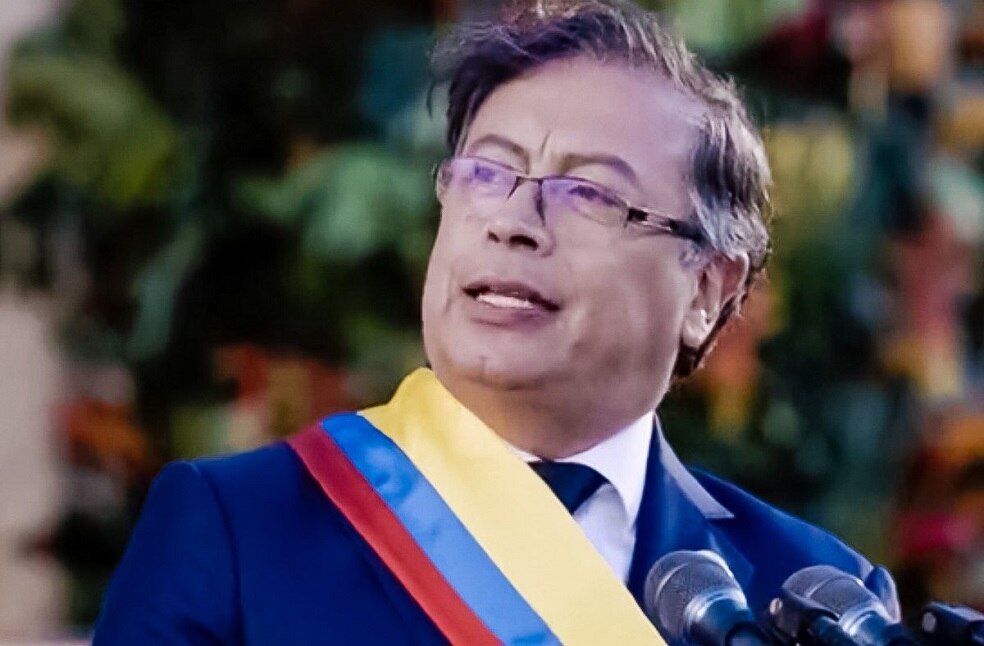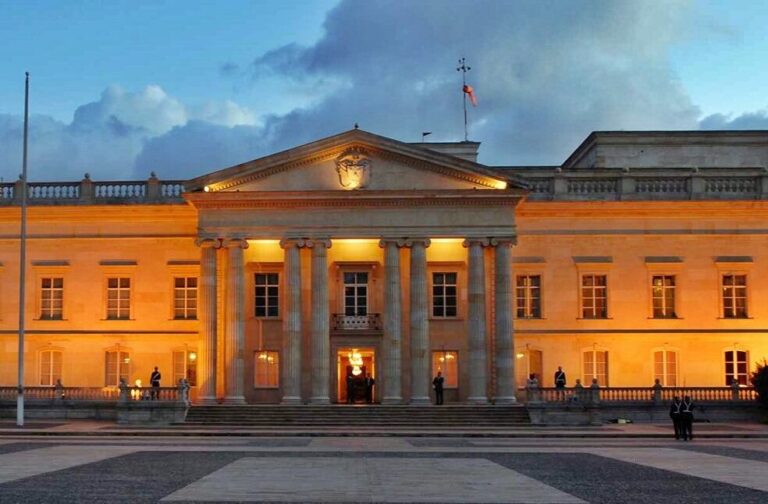Columbia: According to President Mr. Gustavo Petro’s announcement on New Year’s Eve, the five largest armed groups operating in Colombia have agreed to a six-month ceasefire. The truce was the fundamental goal of Petro’s “total peace” program, which intends to end the nation’s armed conflict despite the disintegration of the Revolutionary Armed Forces of Colombia (FARC) in 2017.
According to the Institute for Development and Peace Studies (Indepaz), an independent think tank, the armed groups still active in Colombia, the country that produces the most cocaine in the world, are engaged in fatal conflicts over the profits of drug trafficking and other illegal businesses.

“We have agreed to a bilateral ceasefire with the ELN, the Second Marquetalia, the Central General Staff, the AGC and the Self-Defense Forces of the Sierra Nevada from January 1 to June 30, 2023, extendable depending on progress in the negotiations,” Mr. Petro tweeted.
Hemos acordado un cese bilateral con el ELN, la Segunda Marquetalia, el Estado Mayor Central, las AGC y las Autodefensas de la Sierra Nevada desde el 1 de enero hasta el 30 de junio de 2023, prorrogable según los avances en las negociaciones.
La paz total será una realidad.
— Gustavo Petro (@petrogustavo) January 1, 2023
Despite the government’s efforts to negotiate with Colombia’s several armed organizations, which combined a total of more than 10,000 fighters, it has so far failed in stopping the country’s rising violence. Last year a non-governmental organization Indepaz reported nearly 100 massacres.
More than 50 years of armed warfare between the government and various leftist guerrilla, rightist paramilitary, and drug trafficking organizations have been endured in Colombia. When Mr. Petro took power in August 2022, the country’s first leftist president, vowed to negotiate with all Colombian armed groups as part of a “total peace” policy.



